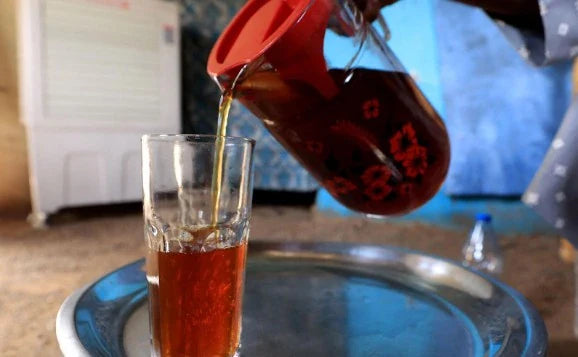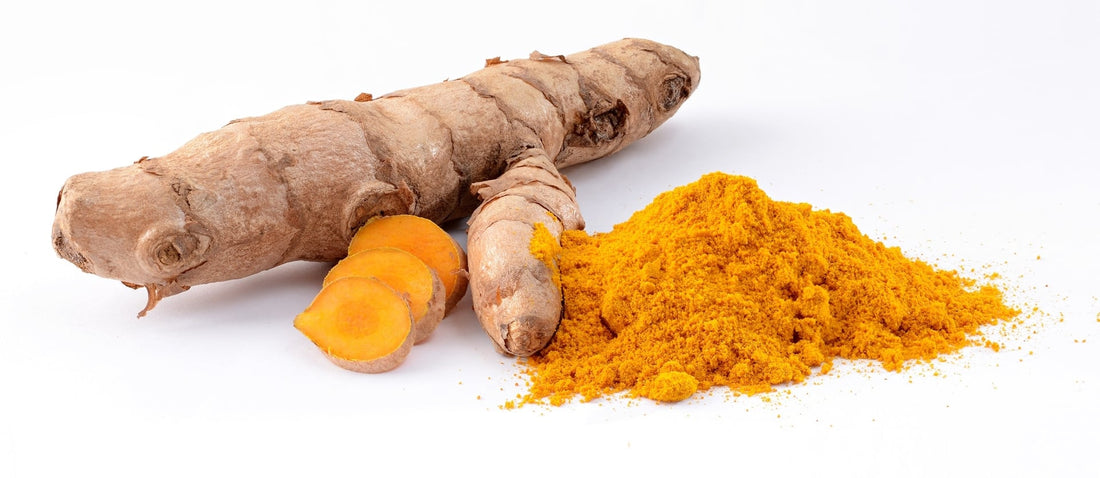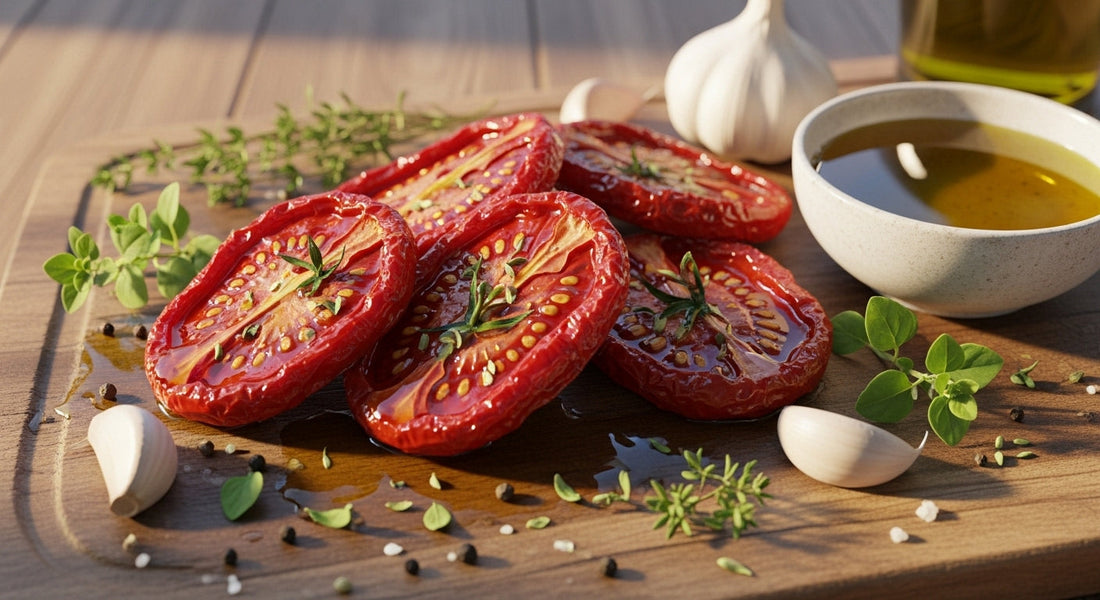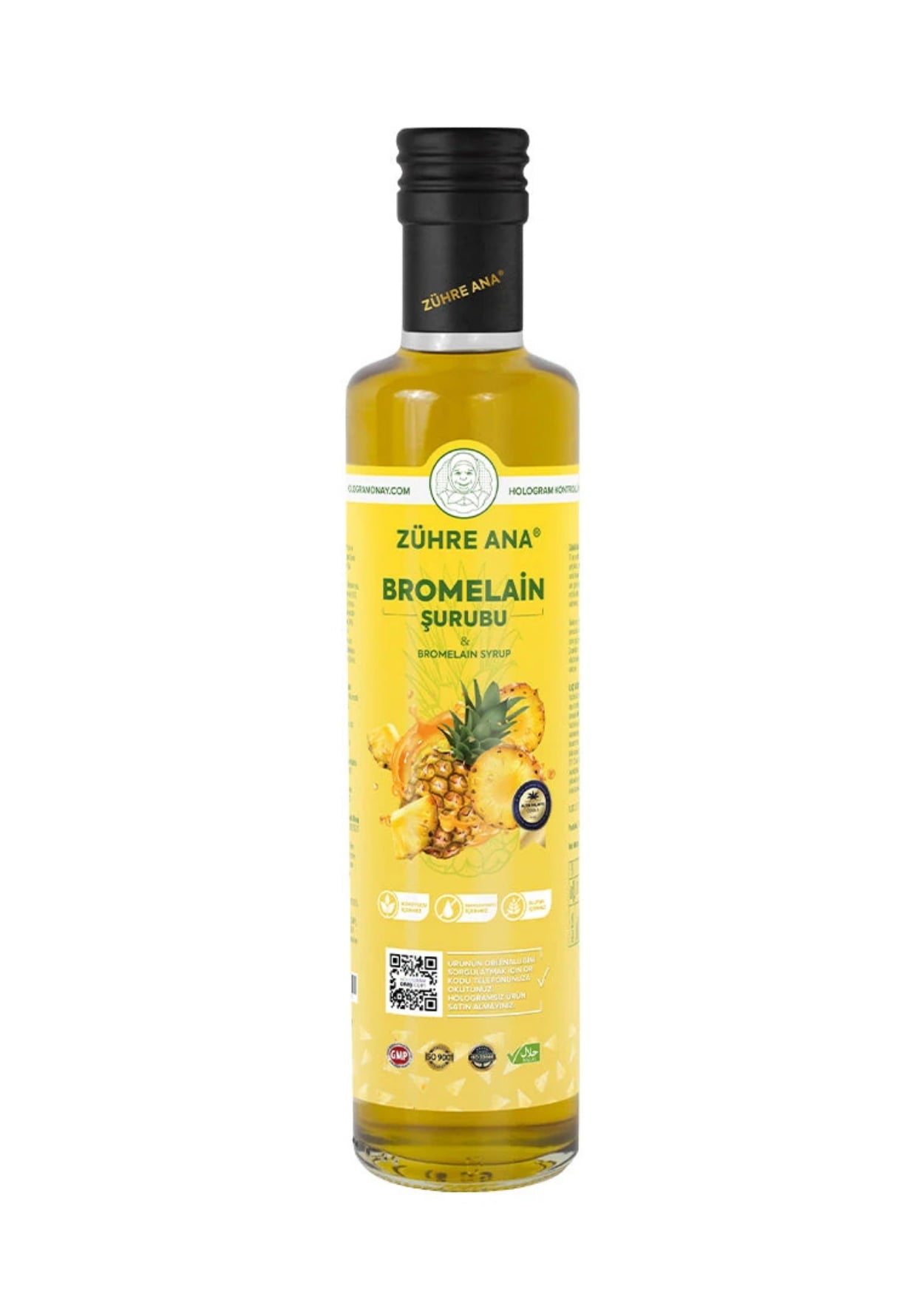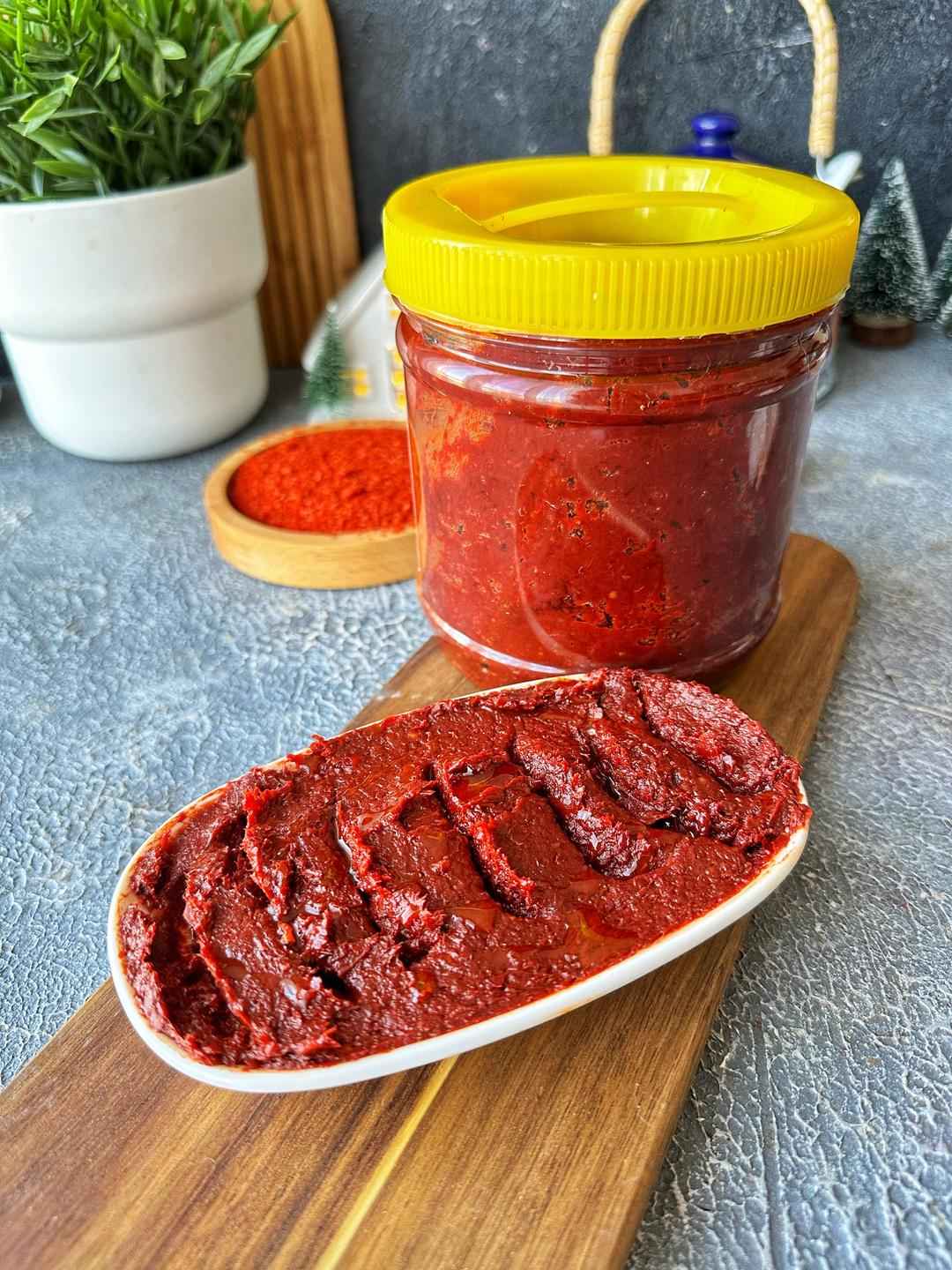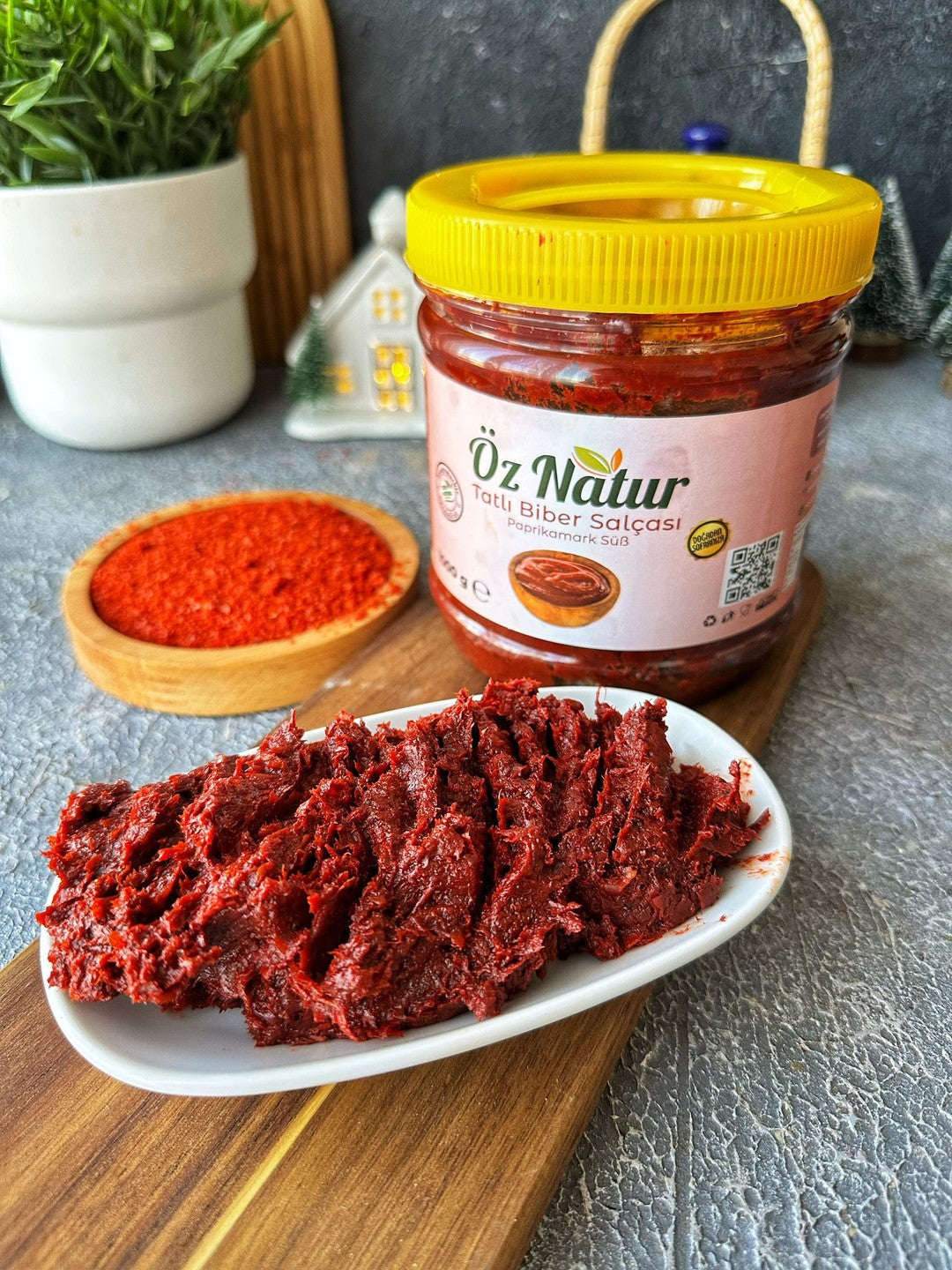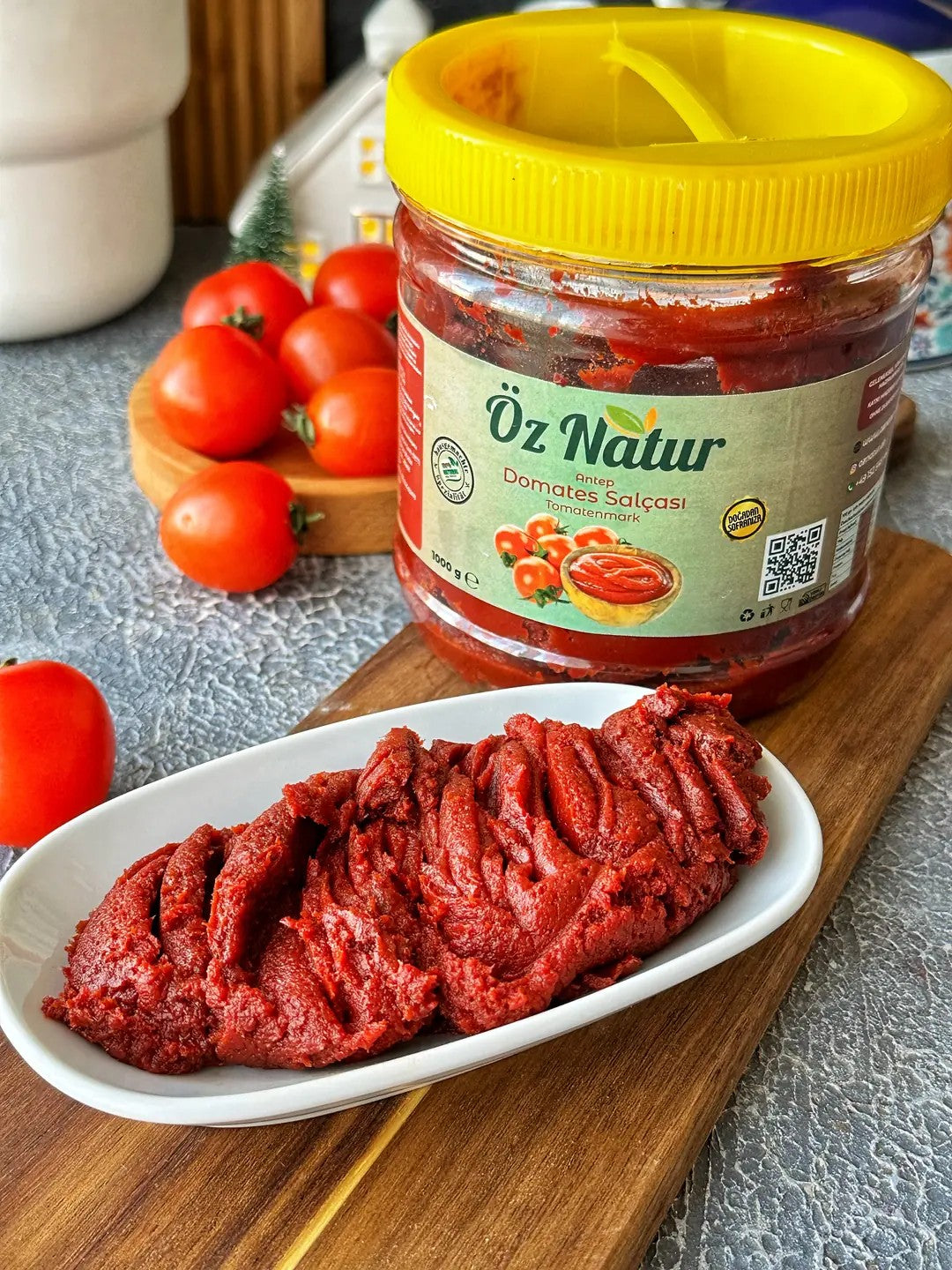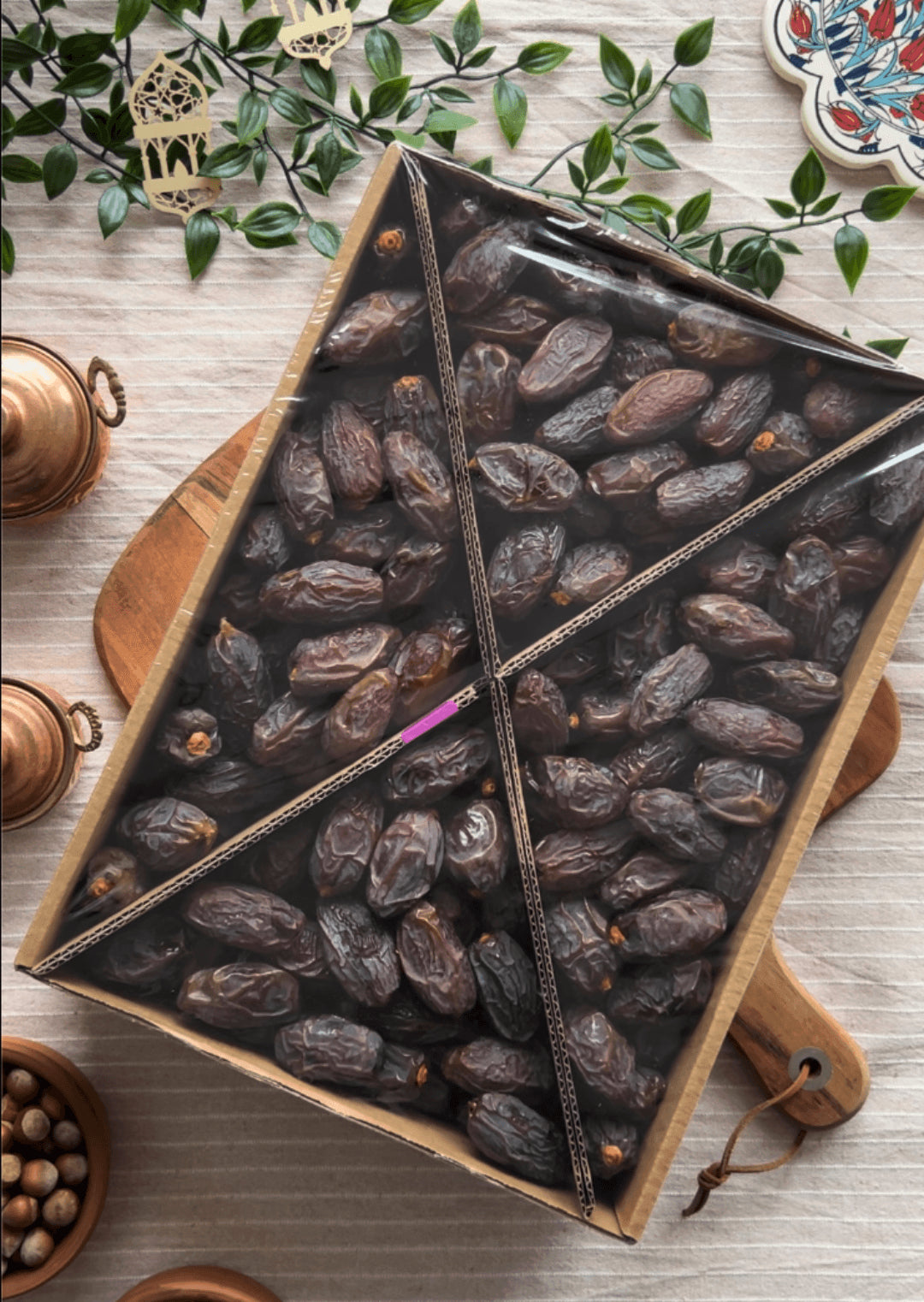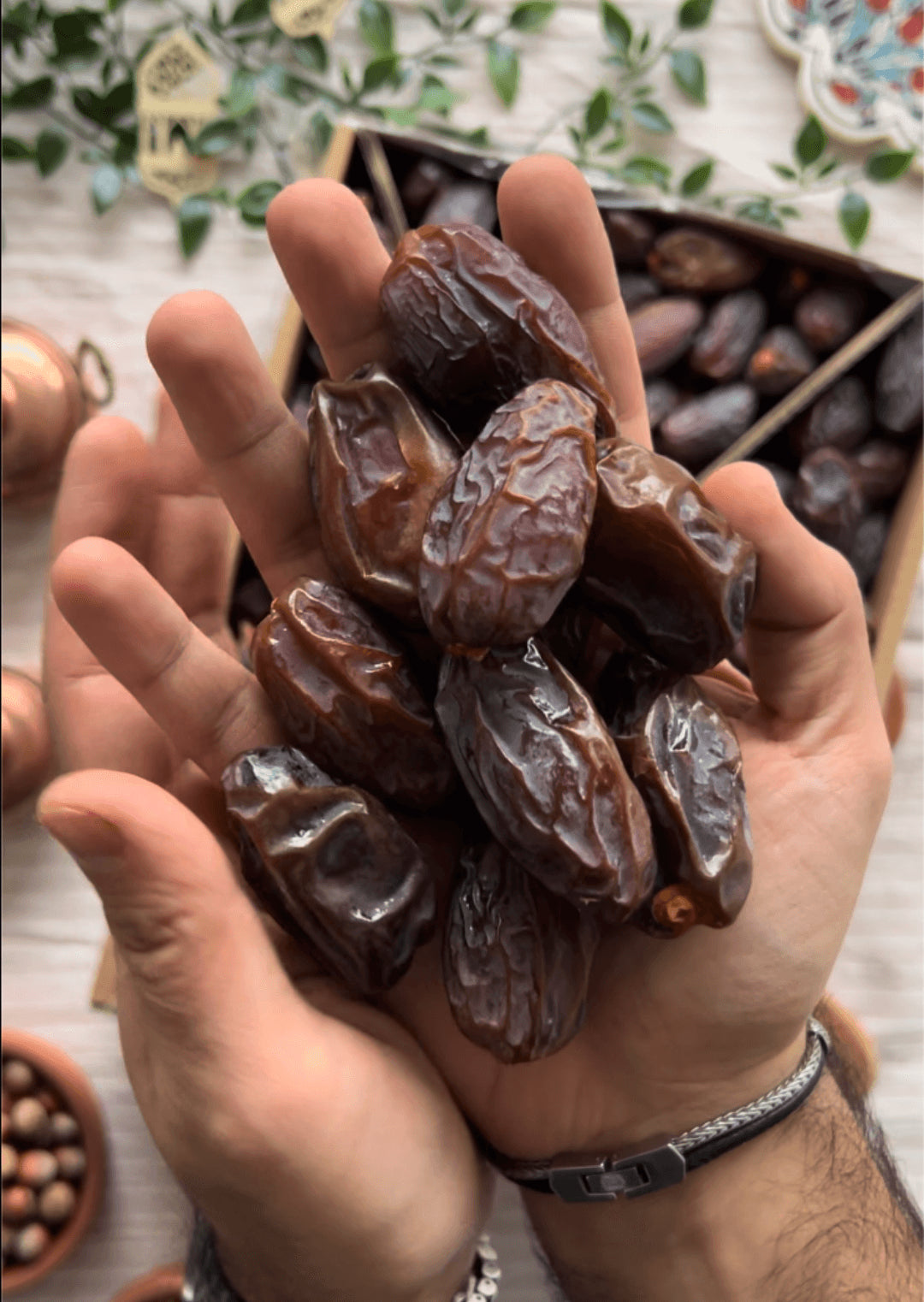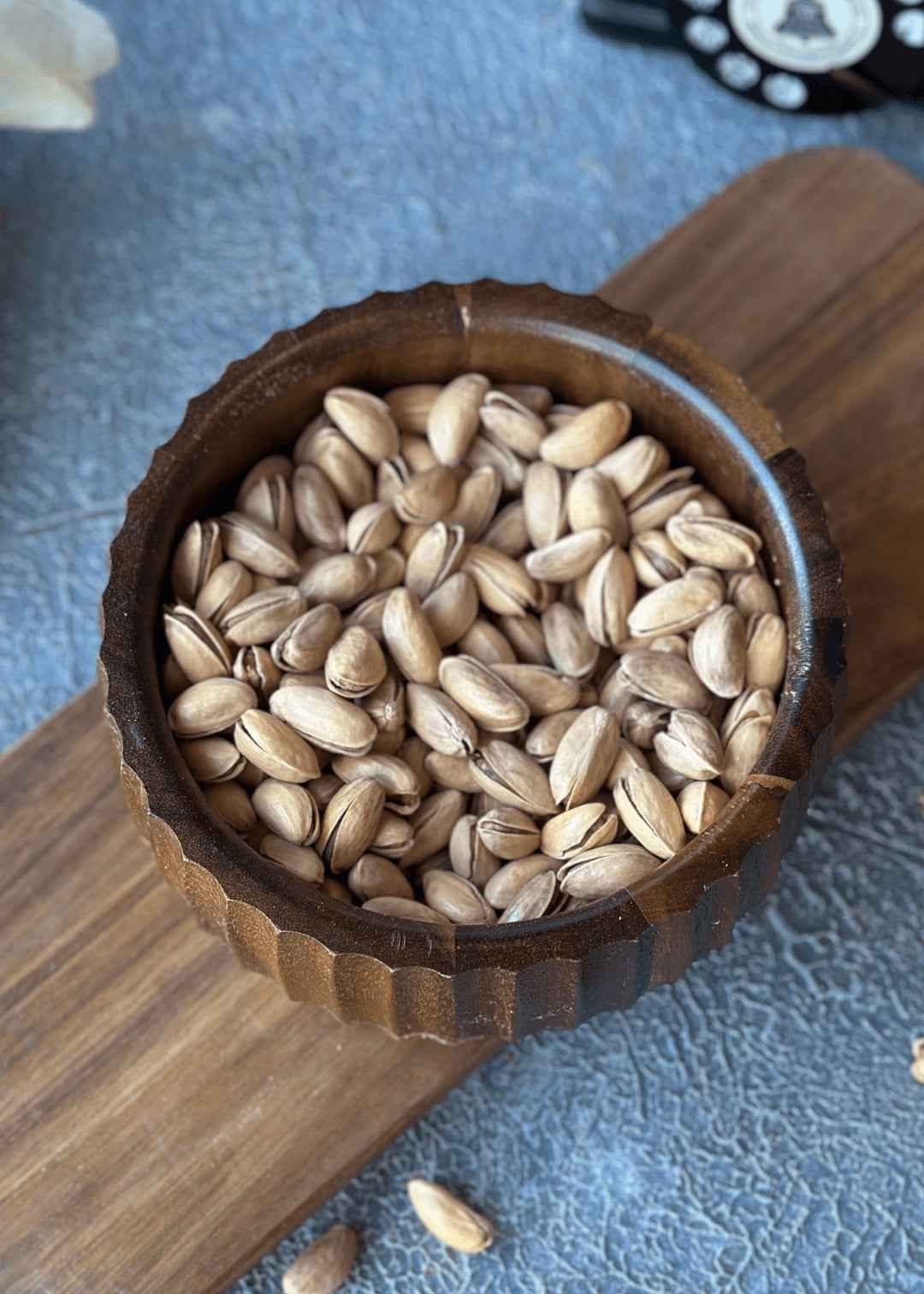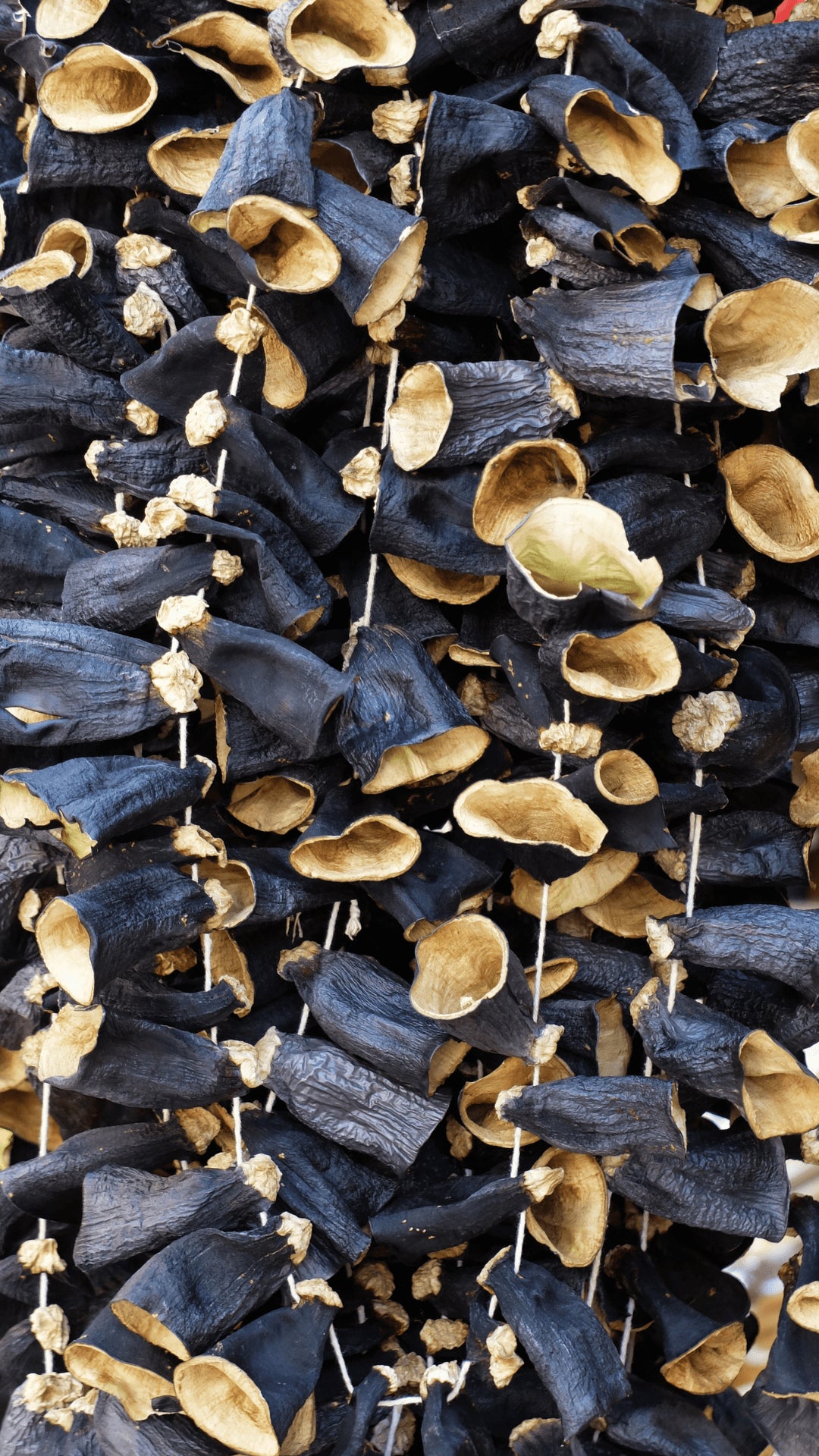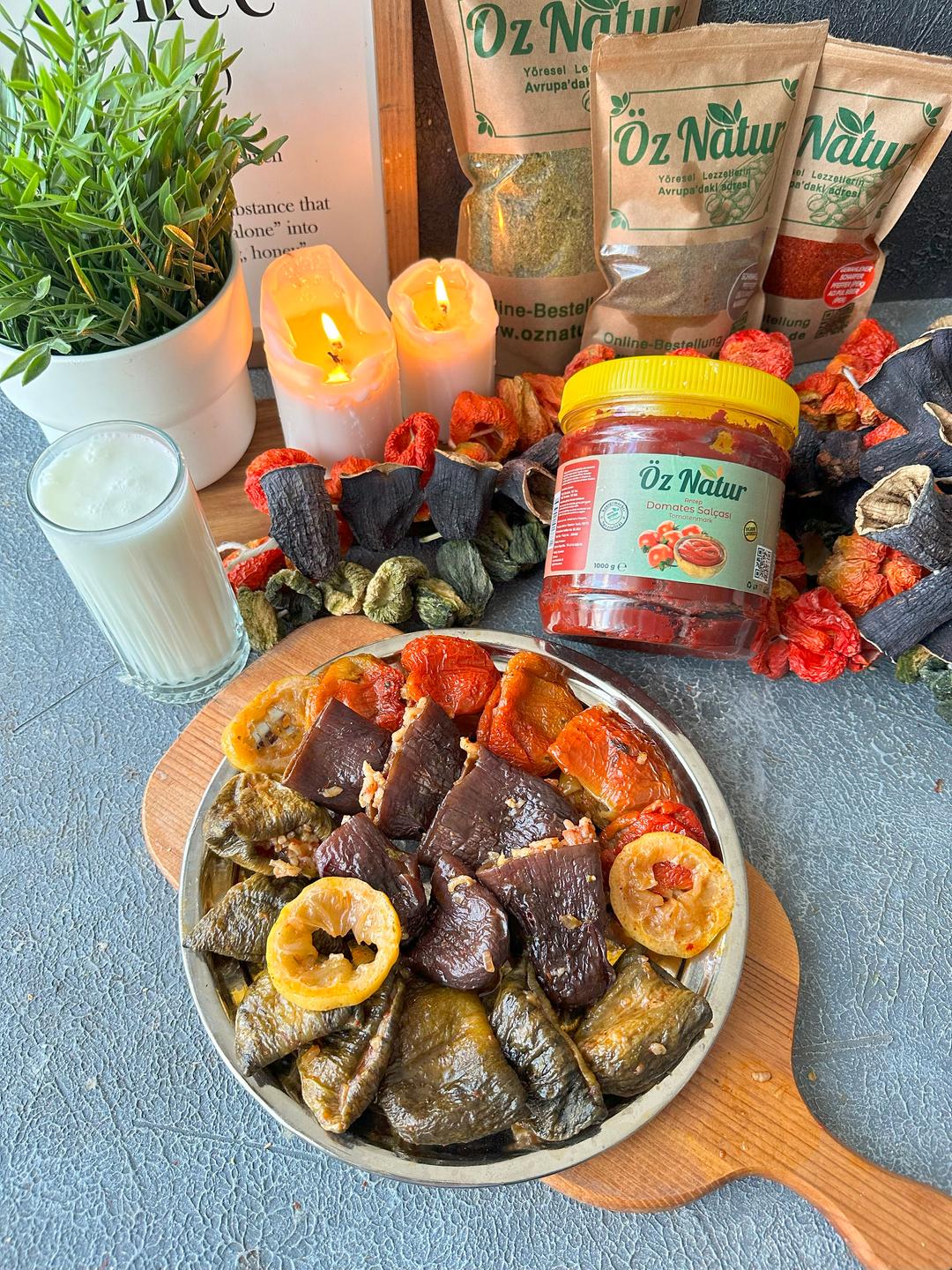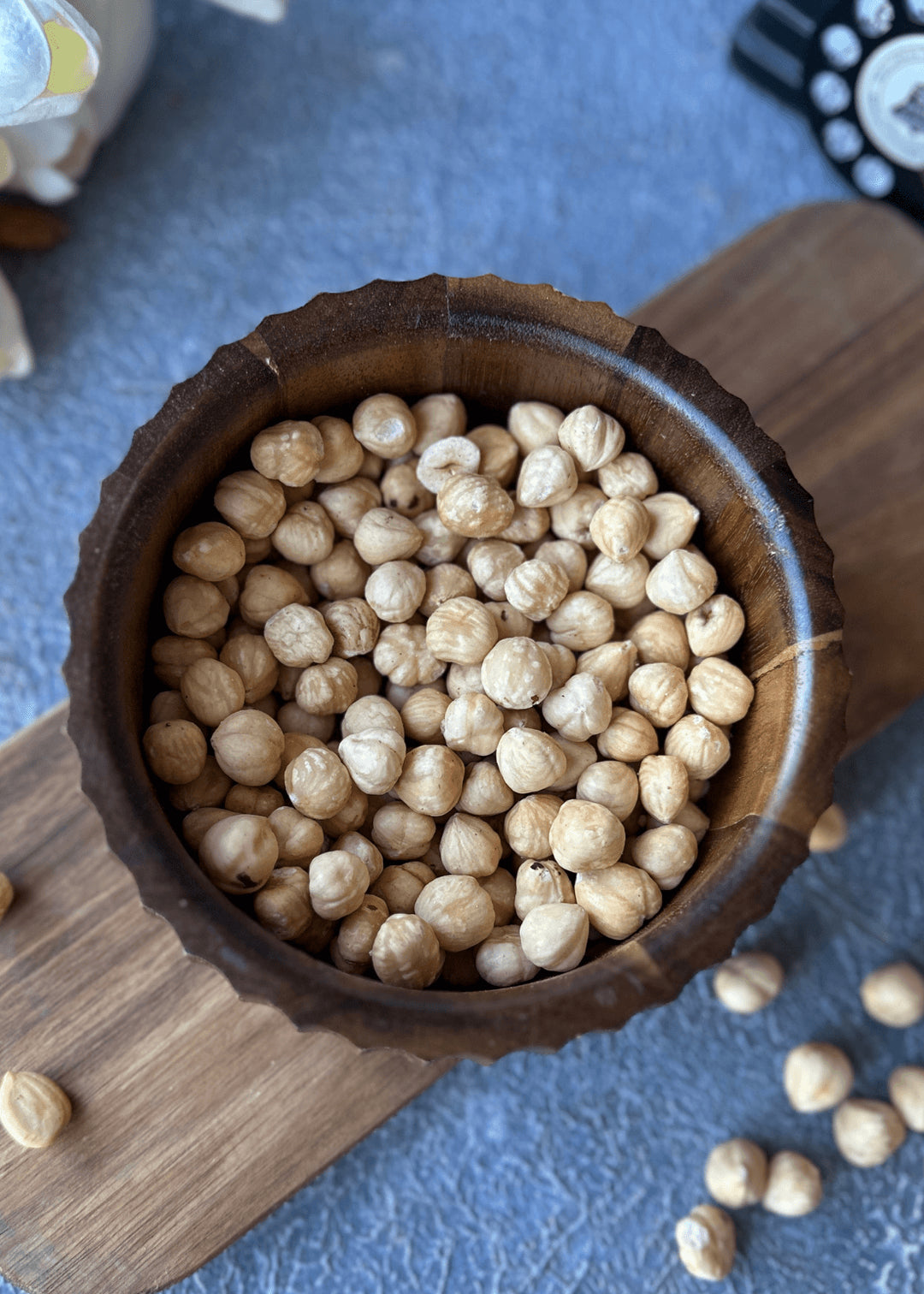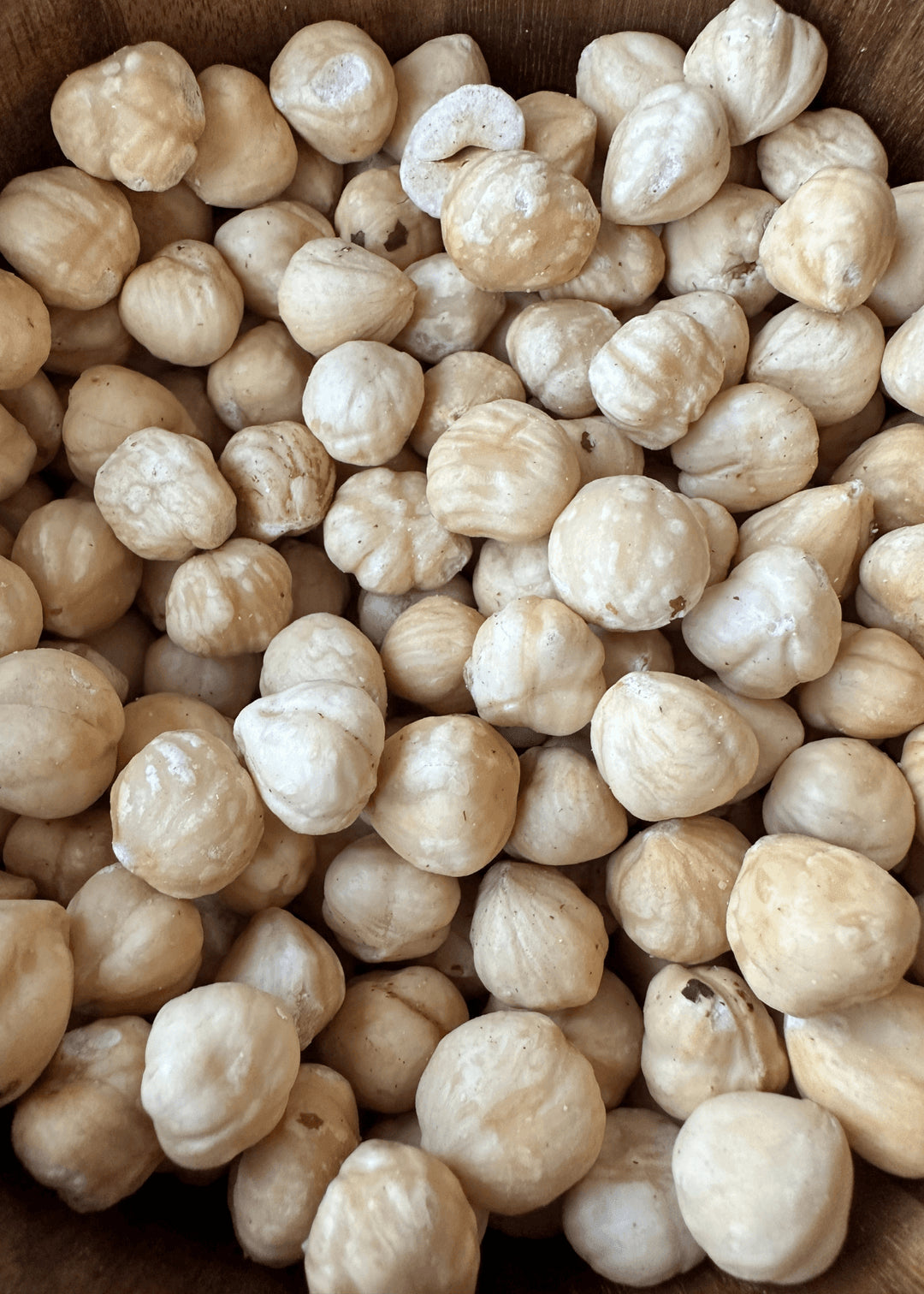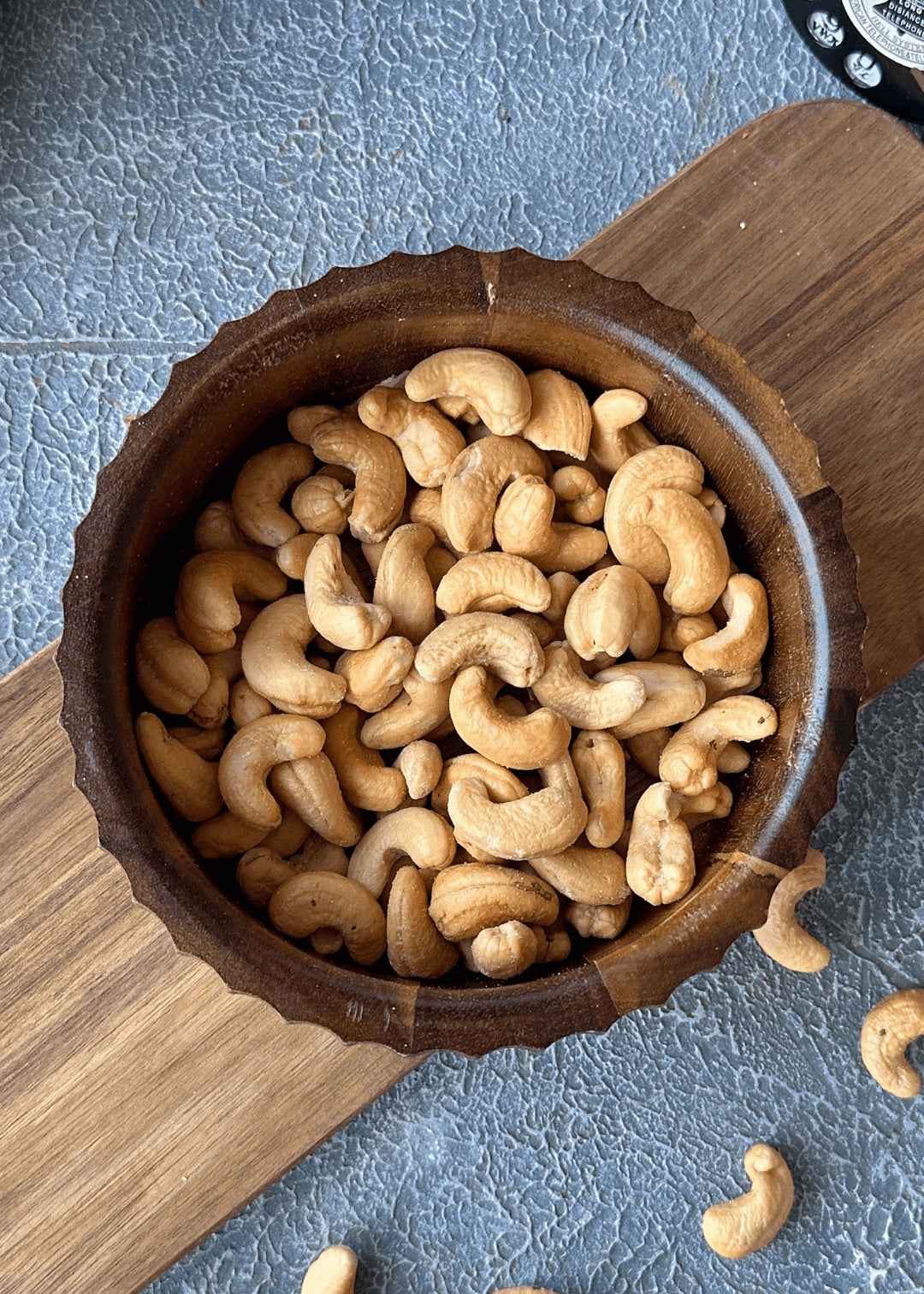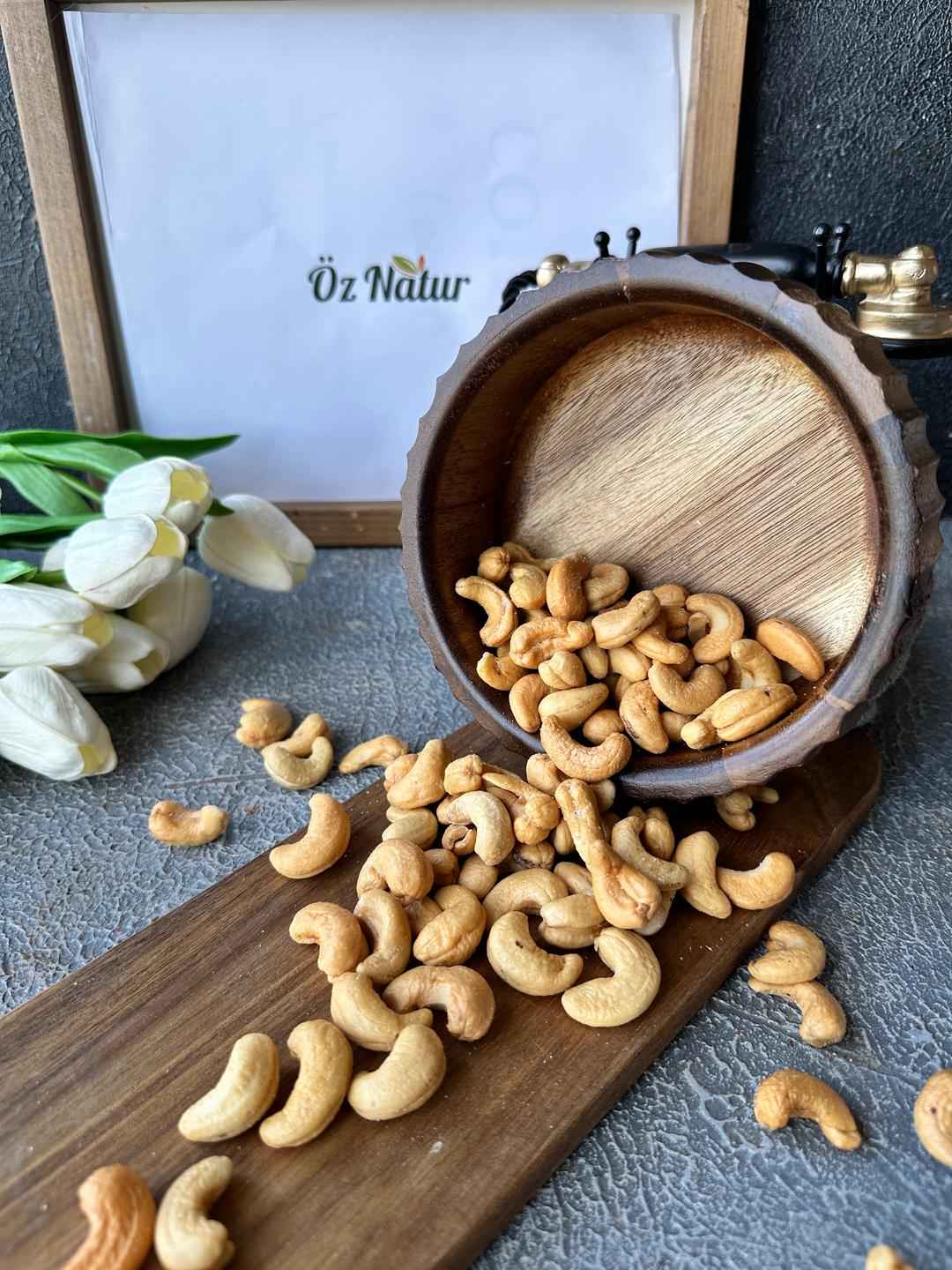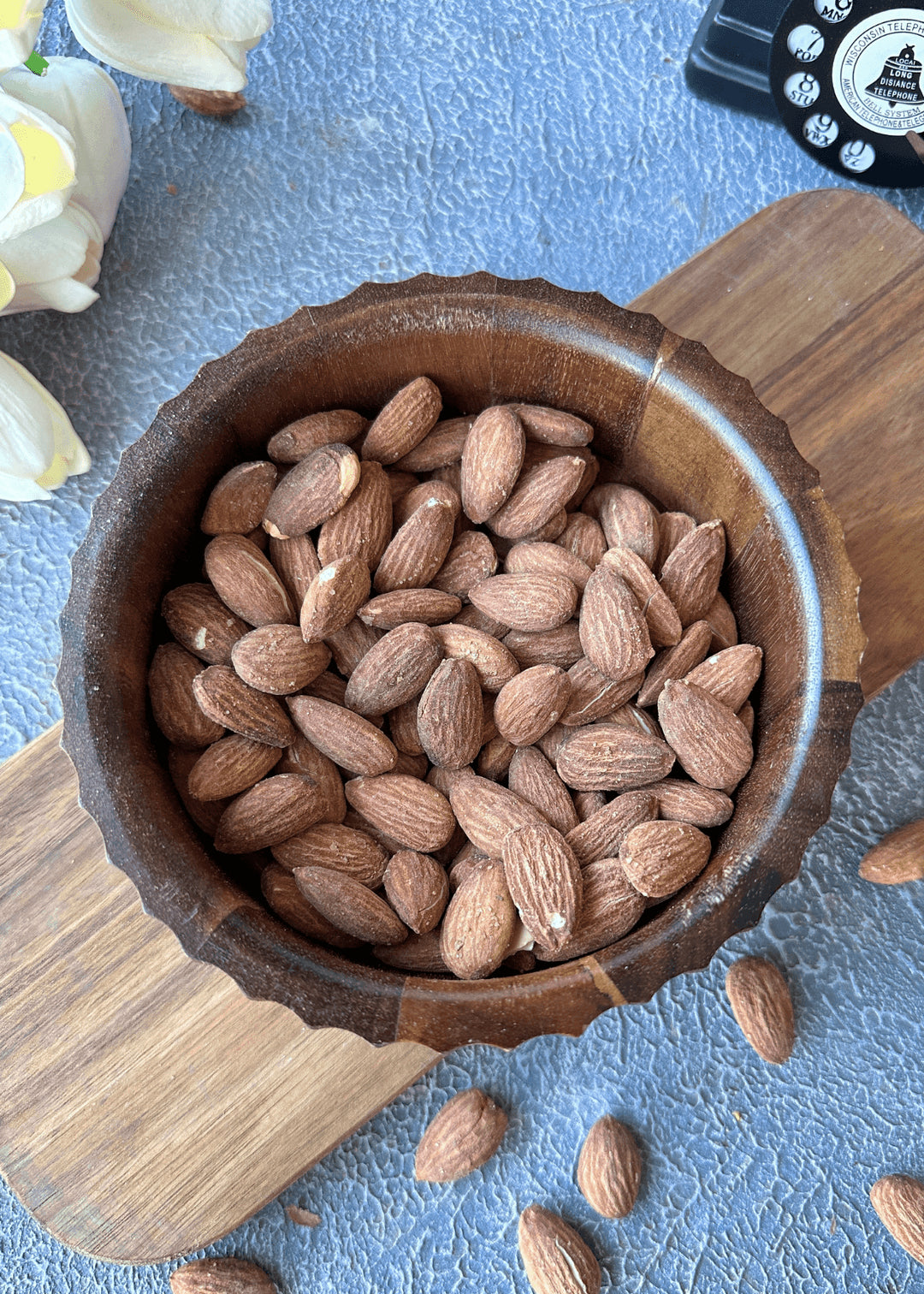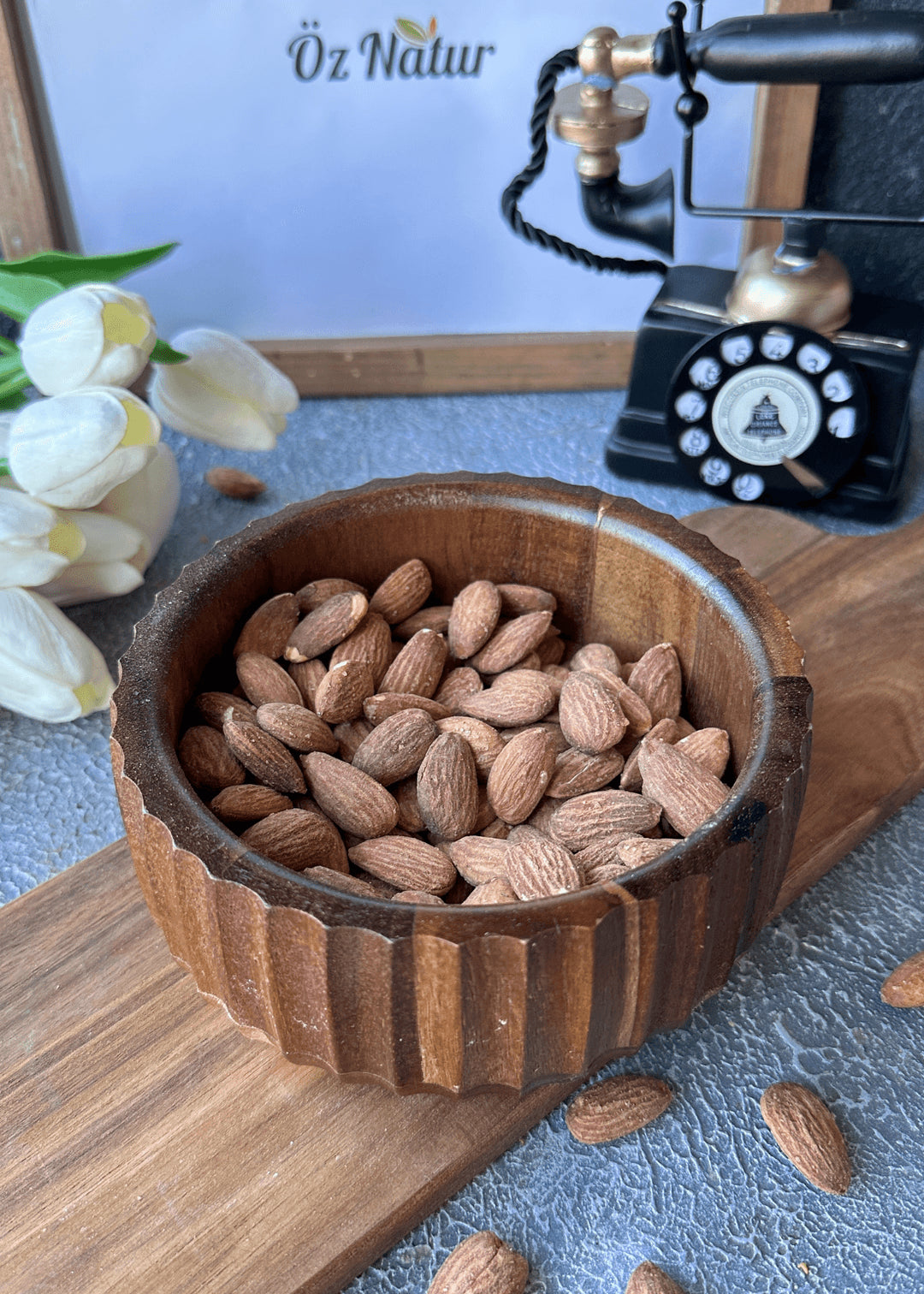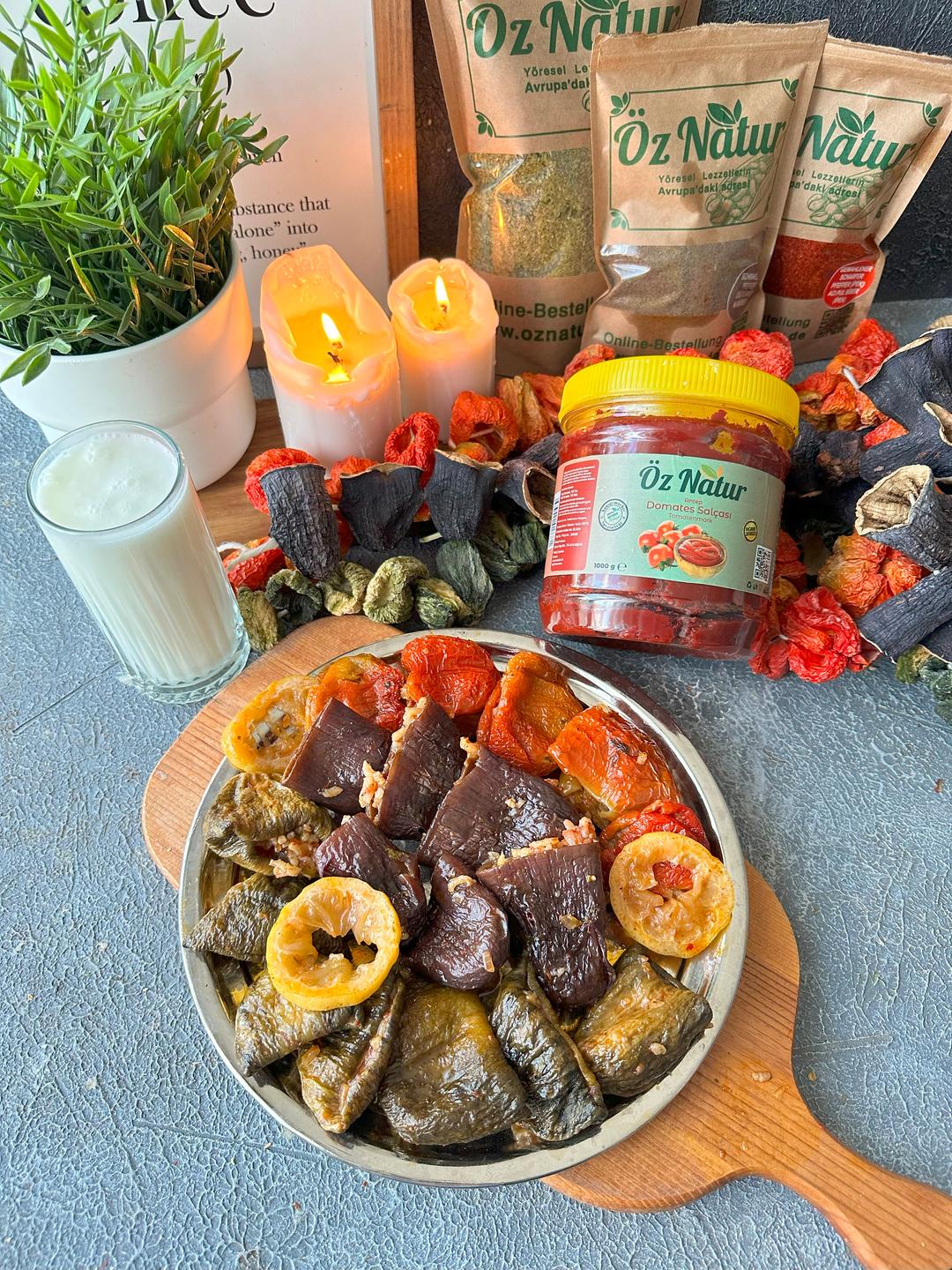Ottoman sherbet is a traditional beverage that was widely consumed in Anatolia and the Middle East and played a significant role in the Ottoman palace cuisine. The term “sherbet” originates from the Arabic word “shariba,” meaning “to drink.” Typically made with fruit juices, flower extracts, and spices, sherbet was known for its refreshing and aromatic qualities. Over time, it spread from royal courts to everyday households, becoming a nostalgic part of local culinary culture.
In the Ottoman Empire, sherbets were served at Ramadan dinners, weddings, festivals, and official ceremonies. The palace even had a designated “şerbetçi başı” responsible for preparing sherbets for the sultan. These drinks, served in silver pitchers, were symbols of hospitality and elegance. Today, Ottoman sherbet is appreciated both for its traditional roots and its distinctive flavors.
What Ingredients Are Used in Ottoman Sherbet?
The ingredients in Ottoman sherbet reflect the diverse flora of the region. Common choices include rose petals, tamarind, pomegranate, grapes, cloves, cinnamon, ginger, fennel, hibiscus, and sage. These ingredients are steeped in boiled water to infuse their aroma and flavor. The mixture is typically sweetened with sugar or honey and may be balanced with a splash of lemon juice. Sherbet is traditionally served cold in glass jugs, with each variation offering a unique taste and color.
Cultural Role of Ottoman Sherbet
Beyond being a beverage, sherbet held an important place in social life. It was offered to guests during special occasions like engagements, circumcisions, and religious festivals. The act of serving sherbet symbolized hospitality and refinement. Often presented in tinned copper cups or silver pitchers, sherbet became a cultural icon that blended aesthetics with tradition.
How Is Ottoman Sherbet Interpreted Today?
Today, Ottoman sherbet is making a comeback with creative modern twists. Traditional varieties like tamarind sherbet are paired with sparkling water for a refreshing drink. Flavored sherbets, such as rose or pomegranate, serve as unique bases for non-alcoholic cocktails. These reinterpretations maintain traditional flavors while offering a fresh experience for contemporary palates.
In modern cuisine, sherbets are also used in desserts like ice creams, sorbets, or sweet sauces. As interest in natural and artisanal products grows, sherbet has found new appeal as part of a culturally rich and flavor-forward lifestyle. It stands as both a tribute to heritage and a refreshing addition to modern tastes.


